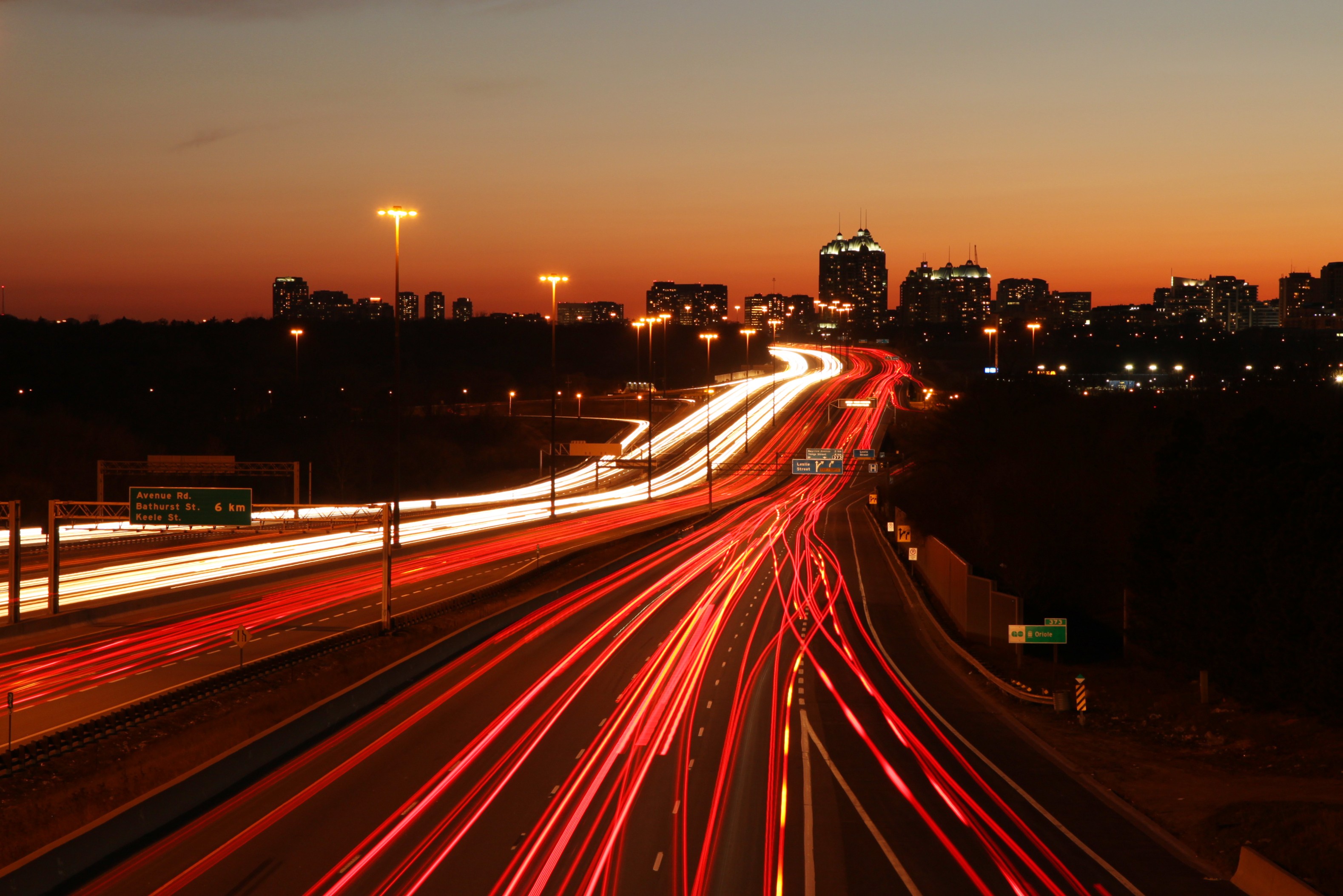Functions:
The skeleton system allows your body to move like picking up a coffee cup to drink it, as a support because without the skeletal system you would be a pile of glop on the ground (Imagine you are a stop sign with a pole, without it you would've be very useful.), it also creates blood cells for your body in the bone marrow, and it protects your vital organs like the brain and your skull.
Organs:
Appendicular bones are one of the vital organs of the skeletal system because they are the bones that help you move like the gears and parts of a machine that it needs to move around and function how it needs to. And Axial bones
are the ones that keep you upright like the stop sign example from before.
Appendicular bones consists of these major parts:
Pectoral girdles, Left and right clavicle, scapula, Arms and forearms, Left and right humerus, arm, ulna, radius, and forearm.
Axial Bones consists of these major parts:
The skull bones, the ossicles of the middle ear, the hyoidbone, the rib cage, sternum and the vertebral column.
Some Joints include :
Ball n socket for circular, forward and backward movement, Saddle joint, a joint which provides more stability and flexibility than a hinge or gliding joint, Hinge joint for door-like movement, gliding joint for gliding like movement for going up, down, right, left, and diagonally.
System Interaction:
The skeletal system works with the muscular system for movement of the arms, legs, body, etc. It helps because the muscular system connects with the skeleton which then they contract and the muscular system helps it move along. But that's not all, the circulatory also works with the skeletal system. The marrow inside the bones help produce both red and white cells in your blood.
Analogy:
A skeletal system is like a house frame because
- Without it the house would be a pile of rubble like your body would if you didn't have a skeleton.
- It protects the house like your skull protects the brain from critical damage
- It forms the shape of the house like your skeleton shaping your body up.
Examples:
The structure itself is the bones of the body because they are the main support. Gliding joints would be found in windows and sliding doors and hinge joints are found in doors.
Structure and Function:
The skull is one of the most important bones in your body. It is the size of your head because it is in your head and it protects the brain from damage like falling off your bicycle and hitting your head on the pavement. Without the skull your brain would be shaking like a maraca if you hit the ground. The skull helps it stay still and takes most of the force(Up to 1 ton!) to minimize damage to the brain. It is shaped like your head because it needs to be that way for protection of the brain by encasing it.
Sources:

